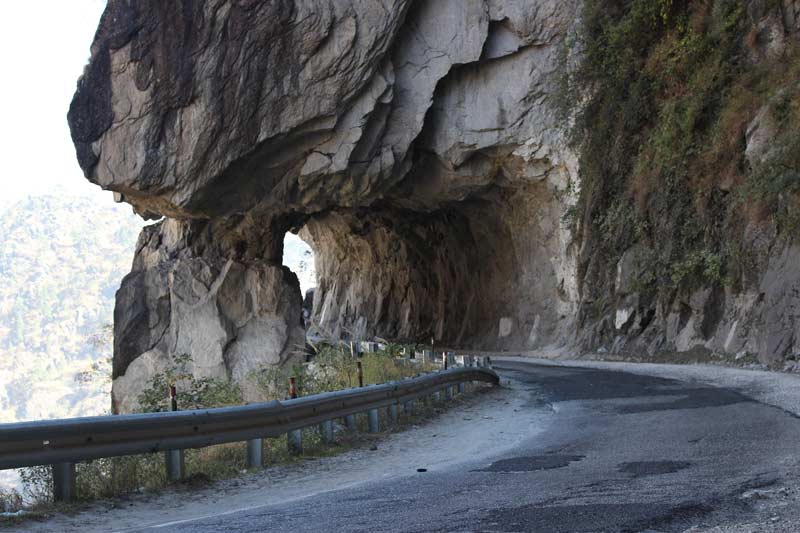A quaint little town with a vibrant culture, Kinnaur was once a forbidden land but now it is a treasure trove for adventurers. The righteous greens of the Sangla valley and well-developed orchards are the perfect setting to get lost in the Himalayas. Located on the ancient trade route between Tibet and India, Kinnaur is a unique location for hiking, camping, and mountaineering. The region is surrounded by the Himalayan, Zanskar, and Dhauladhar ranges. A visit to Kinnaur is a chance to witness its time-honored culture and rituals.
Before the formation of the present-day Kinnaur district, the area was part of the Mahasu district. It was once a part of the Bushahr State, with its headquarters in Rampur. The early history of Kinnaur is obscure and almost nonexistent. Many references to the town are mythological and local legends. The cultural history of the region has been largely influenced by its ties to the Ngari Prefecture of the Tibetan Autonomous Region.
The region of Kinnaur was divided into seven parts by the 14th century. These regions were in constant conflict. The forts in Morang, Kamru, and Labrang tell the story of this turbulent time. The region was once part of the princely state of Bushahr, which was founded by Danbar Singh. The region was reunified in 1786. It is now a tourist destination for foreign and Indian tourists.
The first recorded history of Kinnaur can be traced to the Mughals and Raja Kehri Singh in the 15th century. These rulers were supported by the Dalai Lama VI, who signed a treaty that made trade between the two areas legal. This treaty continued until the 1962 India-China war. After the treaty was signed, Kinnaur was granted the Hangrang Valley, which is located in Tibet. Thereafter, he was succeeded by Vijay Singh and Udi Singh. The capital was relocated from Sarahan to Rampur. The Mughals invaded the region, and the Mughals and British later cut off the trade.
The region was part of the erstwhile Chini tehsil after the Mughal Empire. It subsequently joined the Mahasu district in 1960 and was reorganized into a separate district. In the old days, the region was known as Kannaura. Its names refer to the ancient Hindus.
Before the district was formed, Kinnaur was a part of the Mahasu district. The area is characterized by two towers temple – one dated back to 1927 and the other from the 12th century. The second tower houses a silver statue of Bhimakali. The temple’s architecture is typical of the Kinnaur region and was constructed using wood and stone alternating with each other.
Before becoming a separate district, Kinnaur was a part of the Mahasu district. Until May 1, 1960, it was a part of the Rampur Bushahr state. The town of Reckong Peo is the administrative head of the Kinnaur region. Historically, the village was inhabited by the people of Tibetan descent. However, the region was a major trading centre and a major center for the Himachal government.
The region’s history dates back to the early British Raj, when the British began to establish the Indo-Tibetan trade route. In 1850, the British established the Himachal Pradesh administration and issued inner-line permits to cross the border with Tibet. The advent of the narrow-gauge rail brought greater accessibility and more visitors to the area. There are no roads in the village, so travelers should expect a slow pace and have to walk several miles before reaching it.
The history of Kinnaur is rich in mythology and folklore. The chironings, or oral histories, relate the stories of important deities in the area. The chironings are recited during festivals and important events. The recitation of these stories is a way to connect the past with the present. There is a fascinating mythological tradition related to the villagers of Kinnaur.


